If you’re new to gardening, have a new home/landscape, and have no idea where to begin, creating a mailbox garden can be a great place to start. It’s a small area, so it’s a good place to try out different things. You can use annuals, perennials, vines, groundcovers, or shrubs. Express yourself.
Go wild.
Perennials
Check out this super boring grass surrounding my mailbox. I’m not knocking anyone who has grass. It’s easy and low maintenance. My grass became more weeds than grass, so I figured this was the perfect place to plant some irises from my mom (which came from her mom).

Before – boring grass around my mailbox 
After – I planted some creeping phlox and bearded irises
Perennials aren’t always the best choice here because they have a shorter blooming period than annuals and can lose visual interest pretty quickly. However, irises have such unique blooms, and their foliage stays around almost all year long that I think they are worth it. Also, these irises have sentimental value for me, so when I look at them, I smile knowing that they were passed down from my grandma to my mom.
If you’re going to choose perennials, choose ones that have foliage interest for a long time. Irises keep their foliage for a long time and then put up new foliage fairly early in the winter/spring. Sedums are another perennial that have foliage interest almost all year long. And, the foliage is one of their primary features rather than flowers.
There are quite a few perennials that have evergreen foliage. Check out this post for more ideas. Many perennial flowers have reblooming varieties now. Specifically, irises and daylilies now have a lot of reblooming varieties that first flower in spring or summer and then rebloom again in fall. Gilbert H. Wild sells reblooming daylilies, reblooming irises, sedum, and perennials with evergreen foliage.
Avoid perennials that are going to die back and leave the area bare for the majority of the year. While I love daffodils and crocuses, they aren’t going to provide visual interest for very long.
Annuals
Annuals can be a better option around the mailbox because you can change them out seasonally to have flowers and color for longer periods of time than most perennials offer.
The mailbox garden below has a combination of annual marigolds with the perennial veronica. I love the combination of complementary colors blue and orange here.
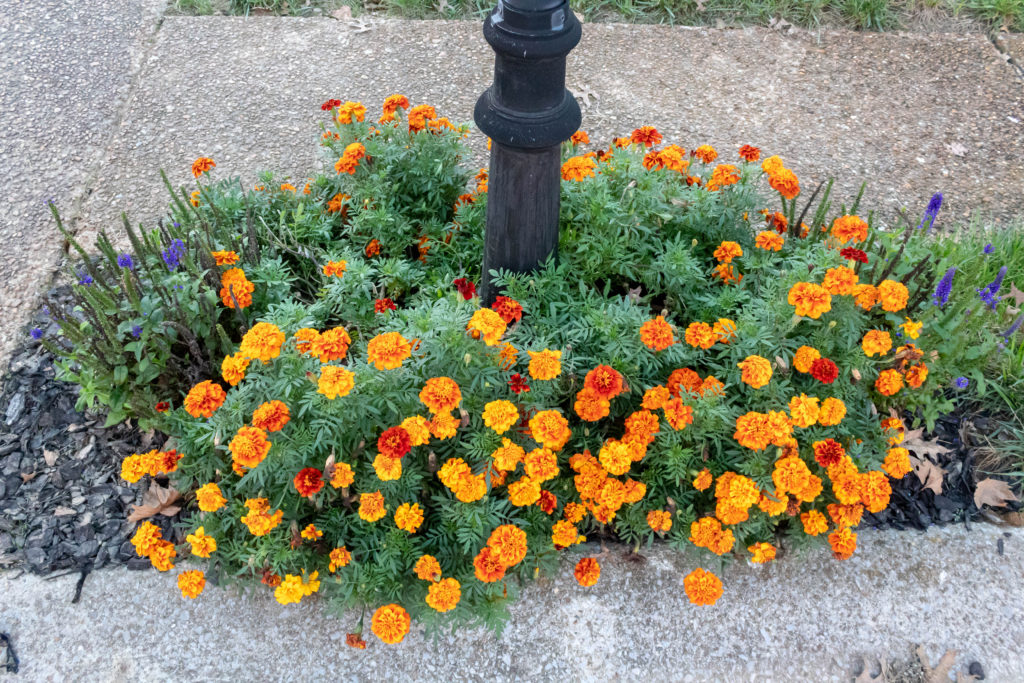
I love walking by this next house in the summer. The past two years they’ve had celosia (cockscomb) by their mailbox. I think they look like brains. Paul thinks I’m weird for saying that, but I love that they are such a unique flower. You don’t see these everywhere unlike some other annuals. Again, this small area can allow you to experiment with flowers or colors you’ve never tried before. Try starting something new from seed! Go to a garden center and pick up an uncommon annual.
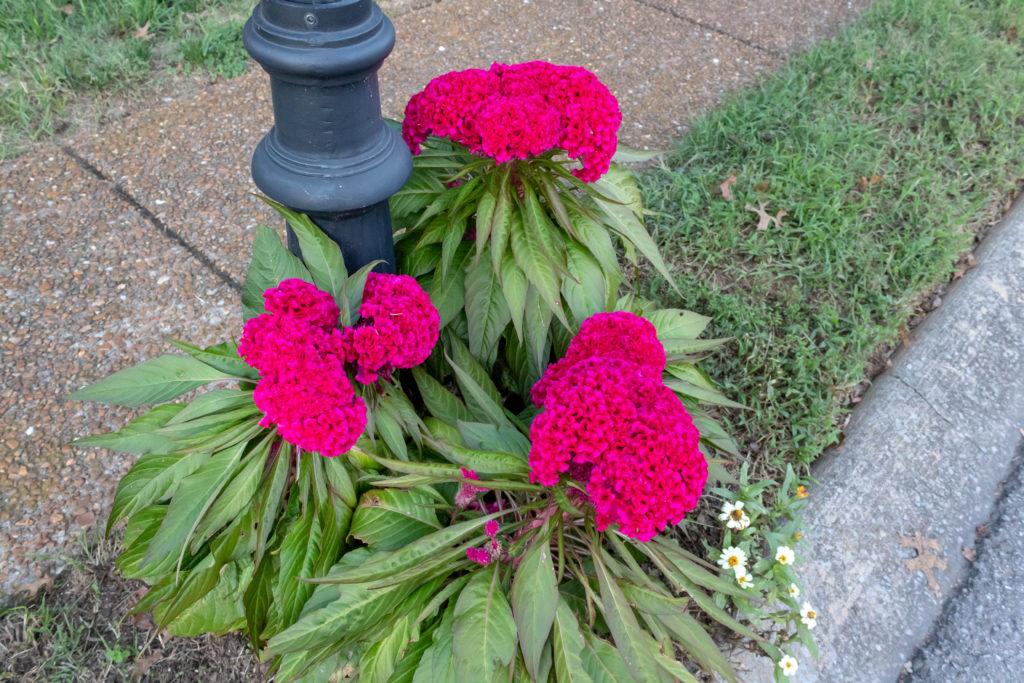
Vines
Vines are another great idea, particularly if your mailbox isn’t very pretty. I like our neighborhood’s mailboxes, but even they can be jazzed up a little bit. Clematis is the perfect vine for it because their flowers are UH-MAY-ZING.

This was the second flowering of this particular clematis 
I love how it climbs over the mailbox 
Combined with the evergreen variegated liriope 
These flowers are perfection
Many of the clematis varieties have a long blooming period and rebloom later in the summer as well. There are a few evergreen clematis varieties as well.
You can also grow annual vines. Seen below is mandevilla, which you can keep in a pot or plant in the ground. They come in a variety of colors and flower sizes. You don’t have to worry about long term maintenance and at the end of the season you can toss it in the compost or bring it indoors if you so desire.

Cypress vine is another annual vine you can grow up the mailbox post. It has unique feathery foliage and the flowers can attract hummingbirds (though I don’t know if hummingbirds like hanging out near the street). Cypress vine is an annual, but it can return from seed dropped the previous year. Because of that nature, it can become invasive in some areas.
My parents had this growing on their chain link fence, and it came back every year until one year one of my garden chores was to take it down 😂 It didn’t come back after that, but it is important to keep in mind this self-seeding potential if planting this particular plant.

In addition, the annual celosias make a beautiful companion to the cypress vine. I love how uncommon these flowers are. The shape and color of the flowers is so striking!
I hope this post gives you some ideas for starting a mailbox garden. What do you have growing by your mailbox? Any neighbors with fun plants by theirs? Let me know in the comments!


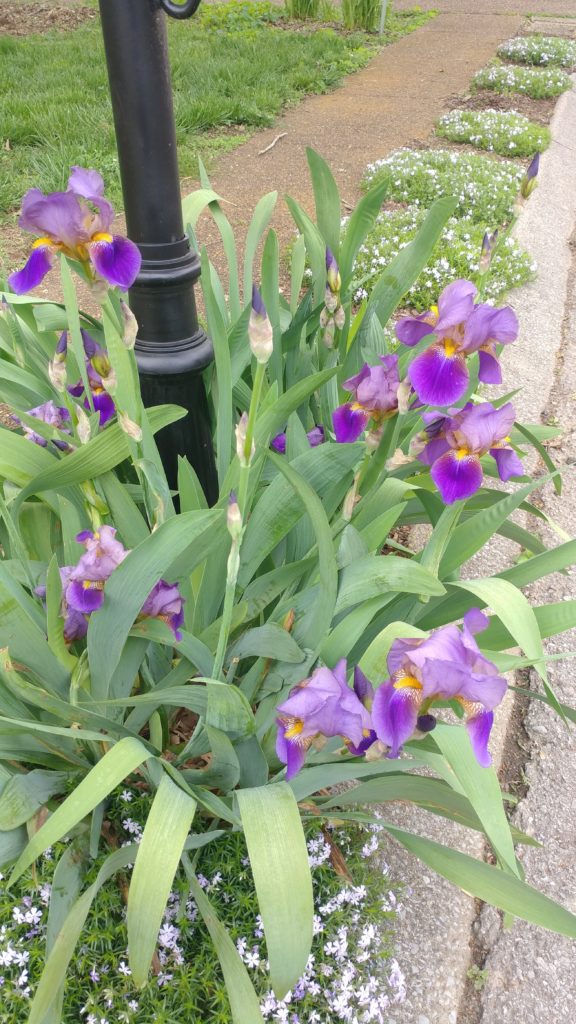

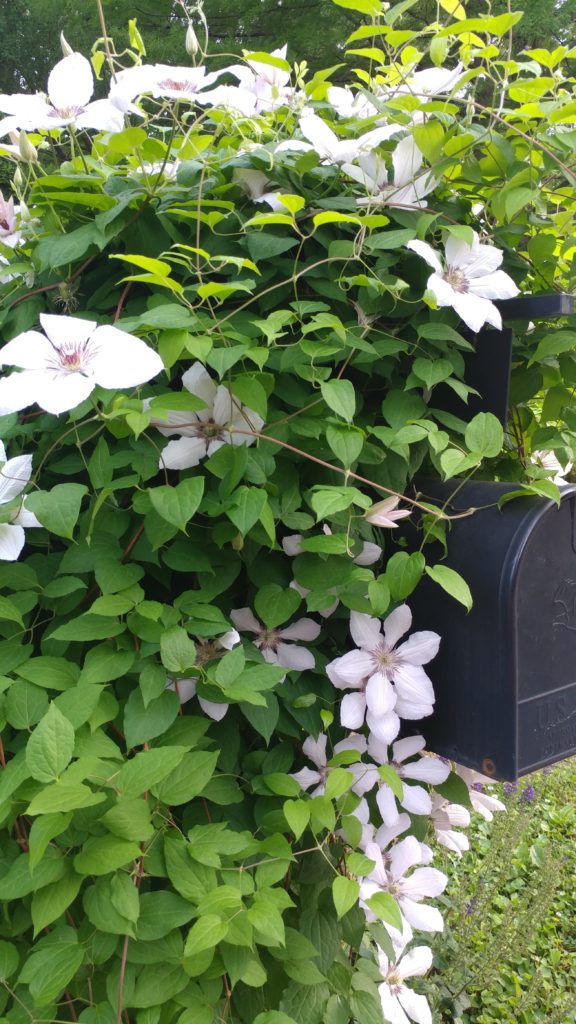

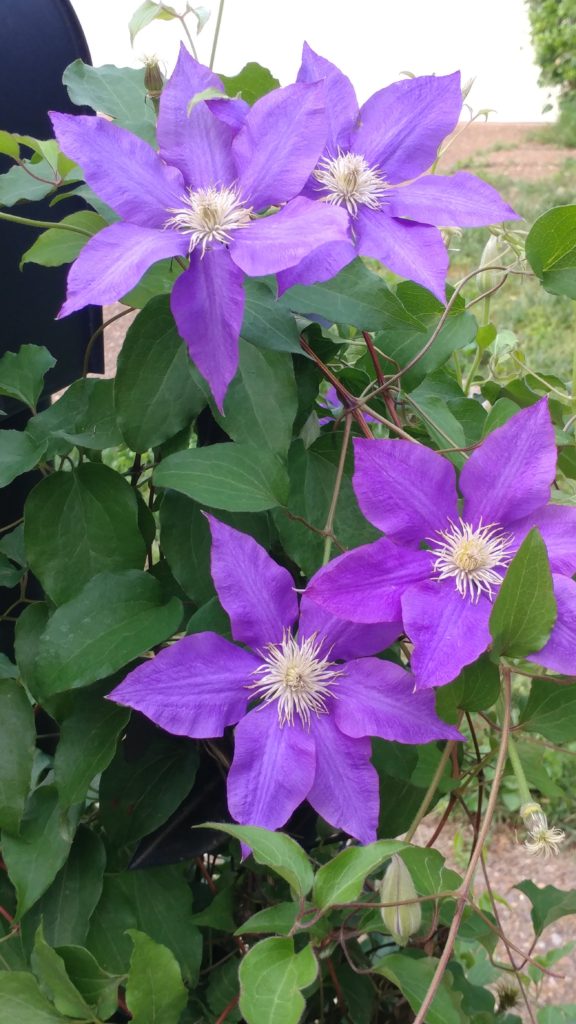


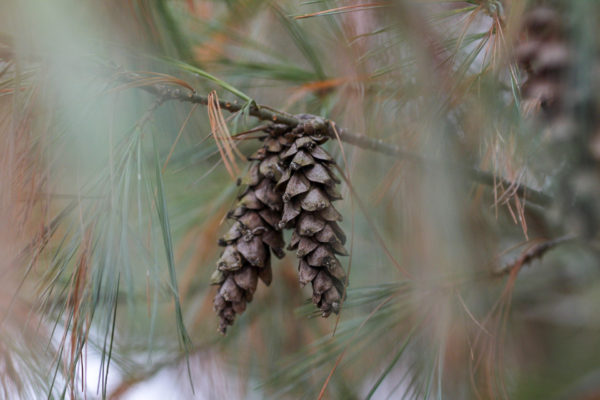
You have the prettiest neighborhood of mailbox flowers! I’m inspired!
We really do!
Very nice and so beautiful pictures. Thanks for sharing. I downloaded all of them.
Thanks for the kind words!
While these are lovely, I was looking for ideas that used no blooming flowers and have no idea why my search brought me here. Mail carriers beg us to not plant blooming flowers around the mailbox because of bees and, if they are allergic to bee stings, it can be deadly. They ask that we not even use artificial flowers because bees don’t know the difference. I know people are saying, “Why is she putting in a comment if she doesn’t want to use blooming flowers?” Hopefully, to educate.
Thanks for the comment Janice – I definitely think its worth getting to know your mail carrier! We know ours and have talked with him. It’s also important to remember that bees rarely sting people and they won’t go out of their way to sting you – only when their hive is threatened or if you step on one. But still, it’s worth a conversation!